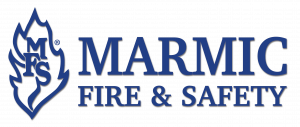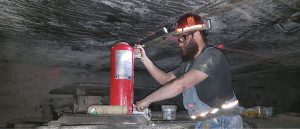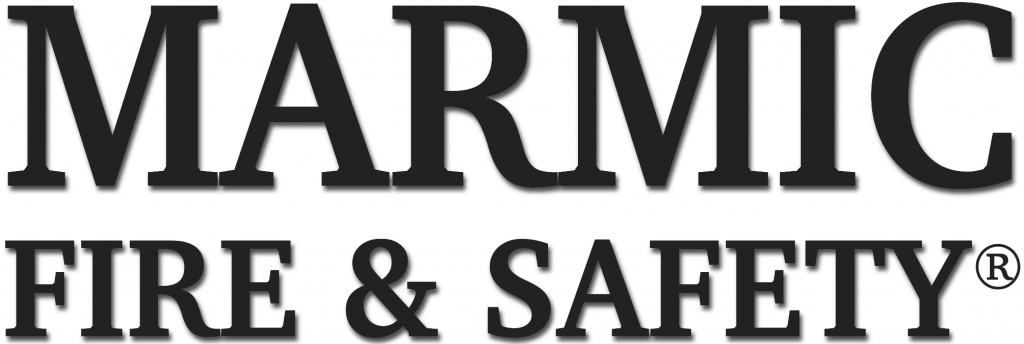Imagine you are standing before a large, roughly used elevator leading down a dark and rocky mine shaft. Before entering it, you do a final check of your gear like the hardhat on your head and the equipment you’ll need to service the fire extinguishers and suppression systems waiting for you a mile beneath your feet. More importantly, you diligently check the respirator secured around your waist as it may be the only piece of gear to save your life should deadly gasses seep into the dark spaces where you’re going.
You push that thought aside and enter the elevator saying goodbye to natural light and hello to the surface dispatcher reading your tracker signal, your only tether to the outside world. The elevator cage rattles shut, and with the flip of a switch the whole platform begins to lower. Descending for 5 minutes or longer, you become distinctly aware of your confinement which is only punctuated by reaching the bottom where for many people the natural instinct to escape would overtake them.
But you fight back the instinct, and then the cage opens to the sound of drilling and rock haulers, a cacophony of mechanized movement that will not stop for you. No, you know the mining will continue as you walk and crawl into tight spaces checking fire protection equipment. Taking a deep breath of tightly controlled, ventilated air you remind yourself you have a job to do. So you step out toward the bustling subterranean world ahead – one of the most dangerous working environments in the world.
Marmic’s West Virginia mining team members don’t imagine this – they live it. Certainly each team member must have a special personality type and physicality to face both the literal and emotional pressures that working in a mine applies. We discussed what it takes to do just that and to what extent our team members risk themselves working in this industry with WV Branch Manager Clinton Smith. Here’s what we gleaned from that conversation.
According to Clinton, the WV office covers a territory where mines account for the majority of the economy and 70 to 80 percent of them are the underground type. The deepest mine serviced by this branch, he recalls, took 10 minutes to reach the bottom – even a descent at a snail’s pace would make that a cavernous excavation. Currently, the branch services a mine 3200 feet or over half a mile deep. One of the largest underground mines is 26 square miles in length, and his team has been to every part of it – and in every part lurks danger.
Because of the uniquely hazardous setting, those working in mines are required to attend an 80 hour training class with MSHA (Mining Safety and Health Administration) to become certified as a “Red Hat” miner. Once certified, a literal red hat identifies a worker as an “inexperienced miner” and separates him or her from the experienced miners or “Black Hats.” A red hat miner must be supervised by a black hat at all times. After 6 months or 108 shifts of working in a mine a red hat can graduate to a black hat. No matter the distinction, yearly training is required for all.
Marmic team members entering mines are considered miners as they spend 50 hours or more per week in a mine and are therefore required to train just like any other miner.
Training is rigorous and goes beyond first aid/CPR by testing on proper use of required safety equipment and procedures. Miners are trained to wear devices called self-contained self-rescuers which are respirators with enough oxygen to last up to an hour, long enough for a miner to reach a rescue cache in an emergency. Built every 1,000 horizontal feet, rescue caches offer a safe zone in a collapse; some have steel containers for additional support. If there is a collapse, a tracker located on the technician’s mining belt, which is worn at all times, helps rescuers locate the individual. The belt is labeled with personal identifiers such as the miner’s name and last four digits of his or her social security number, a grim reminder of the potential consequences of an accident.
When asked if he personally had witnessed any mining accidents Clinton said no; however, he did stress there is always the risk and noted other factors to consider for mine safety. For example, electronic devices such as cell phones are not allowed for fear of sparking flammable gases. Only MSHA approved devices with insulation may go into the mine. Another example deals with a miner’s knowledge of chemicals through studying their MSDS (Material Safety Data Sheet), explaining how to handle and work around said chemicals.
Though knowledge of safety equipment and volatile chemicals is an integral part of the job there is yet another, perhaps less teachable factor – emotional stability.
Clinton bluntly stated, “If you have anxiety or claustrophobia this job is not for you.” He explained that in some areas the space from floor to ceiling is no taller than 3 feet, forcing a technician into either a “duck walk” or a crawling position. Though in Clinton’s experience emergencies are rare the situation is always dangerous and only exacerbated when crouched in a tight spot near energized equipment. One has to keep a cool head and remember the training should something happen.
Taking all of the physical and emotional risk factors into consideration, it makes one wonder how Clinton is able to find people to do this kind of work.
It turns out to be a simple calculus: the local economy has a lot of miners. Many of the technicians Clinton hires already have a mining background, and the pool they come from is quite large. That’s not to say that just any miner can do the job. There is a level of responsibility and commitment to the safety of others that a technician must have to be effective in that role. Bottom line: fire prevention trumps any personal anxiety.
On fire prevention, Marmic team members service fire extinguishers and vehicle systems. “The vast majority of mines use regular ABC extinguishers but there’s some water and CO2…they do have wheel units at every surface location…and we install vehicle systems and service them.”
Surprisingly, the vehicle systems are only inspected every 6 months, leaving a lot of time in between for damage to accumulate. “Some of the systems you wouldn’t recognize because they’re beat up so bad,” Clinton says. So, why not do quarterly inspections? He personally agrees they should be inspected more frequently, but he and his team train mining company personnel to do daily pre-op visual inspections for any significant problems.


